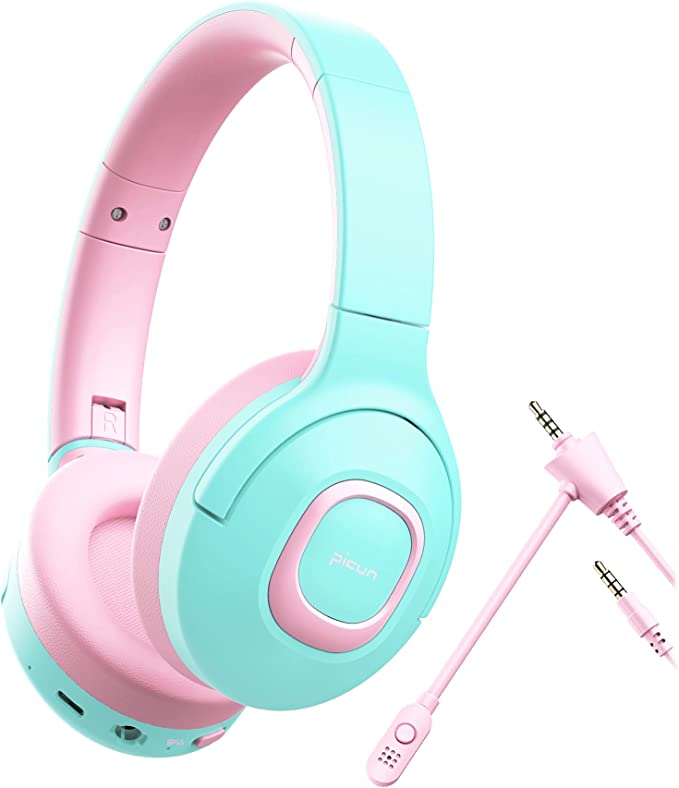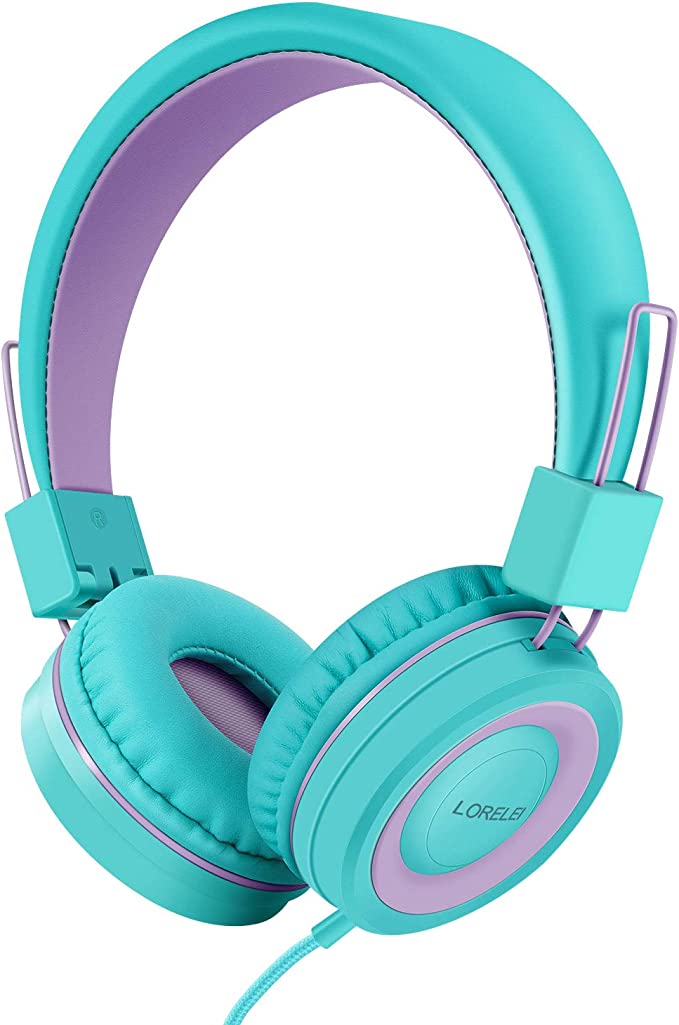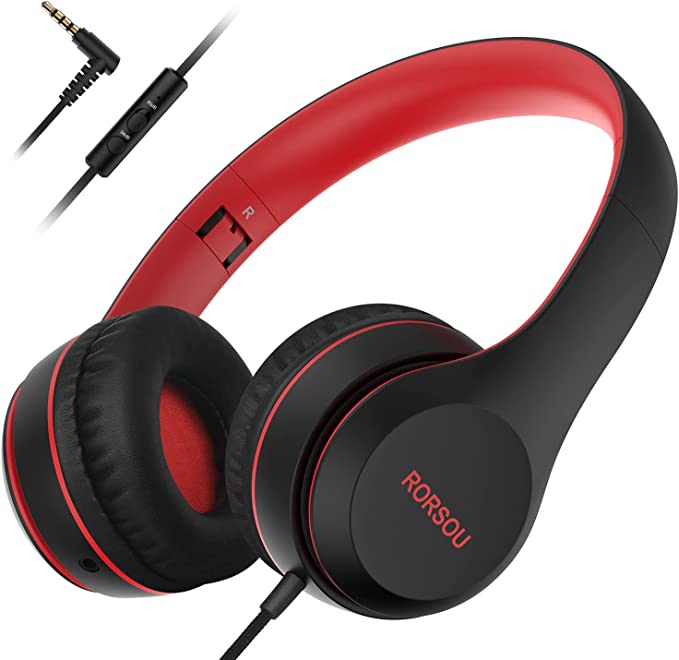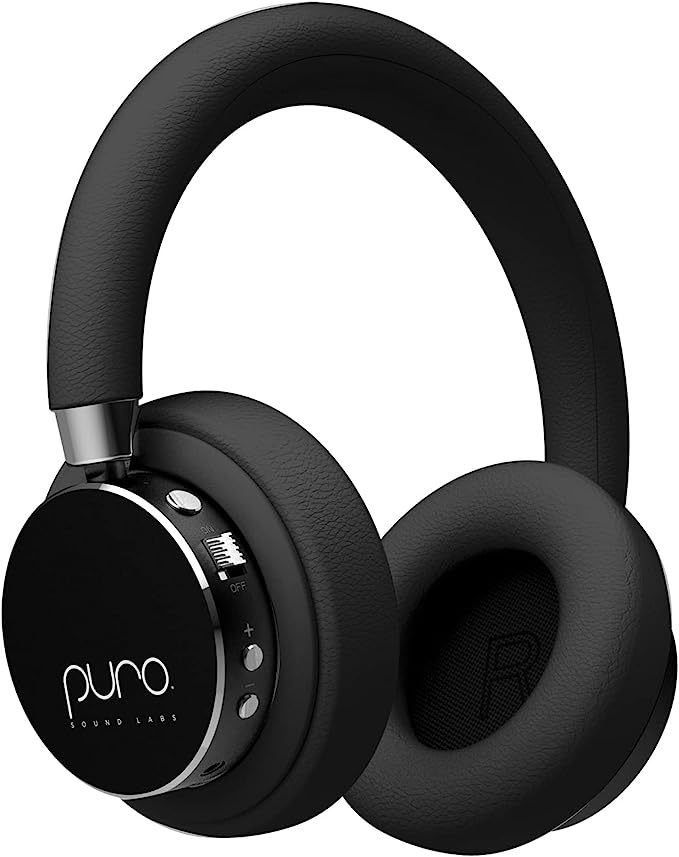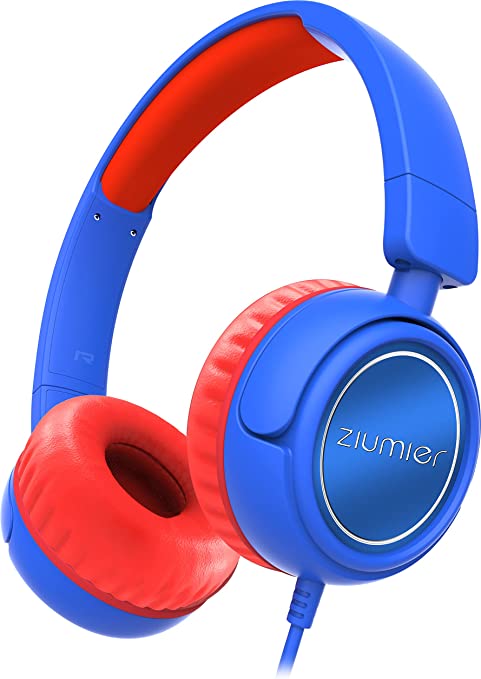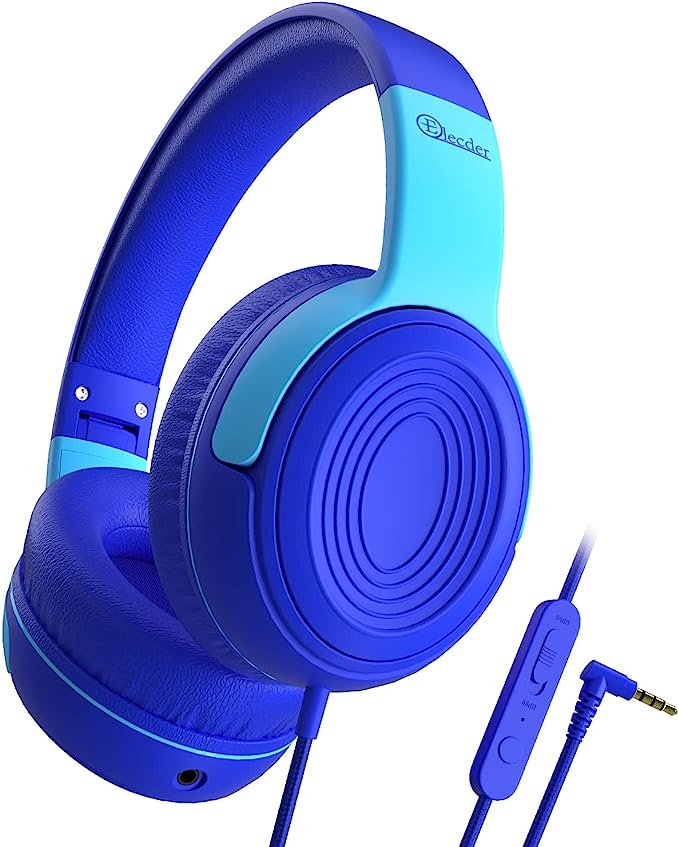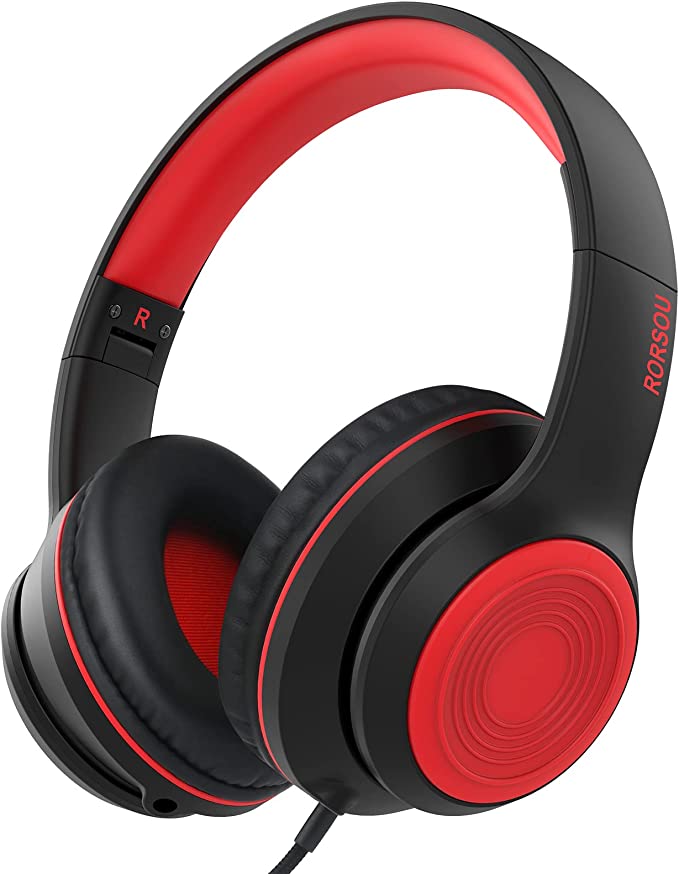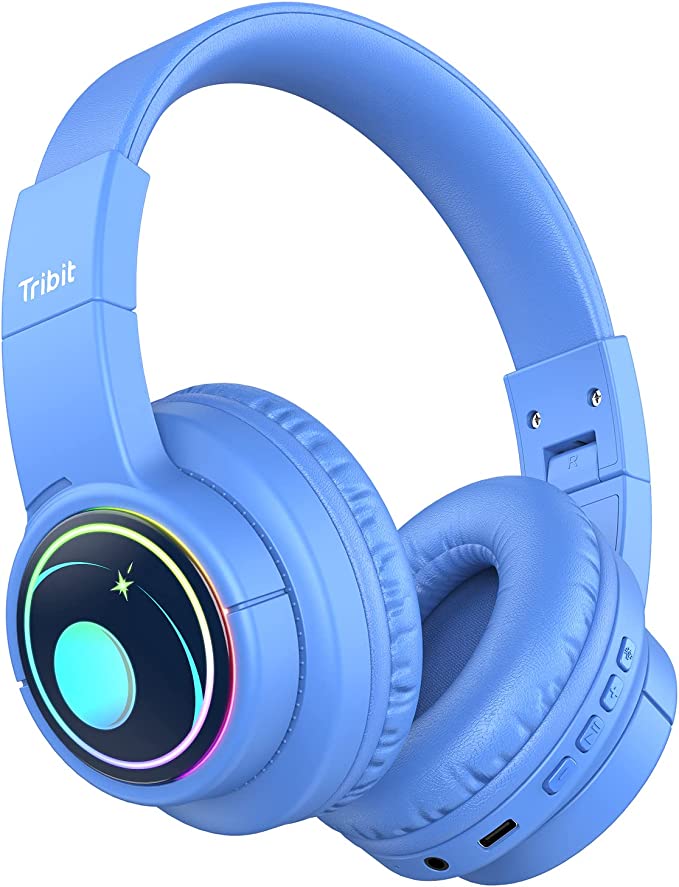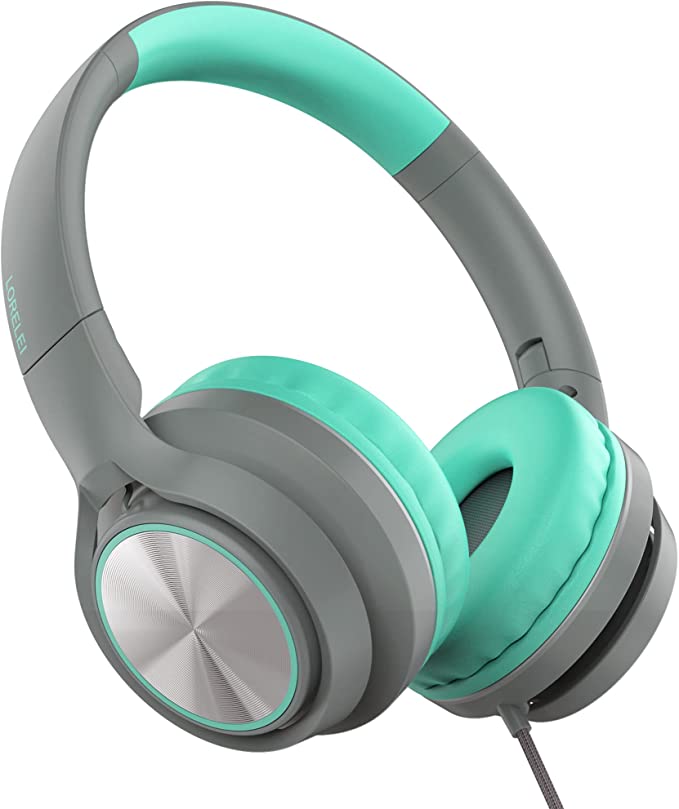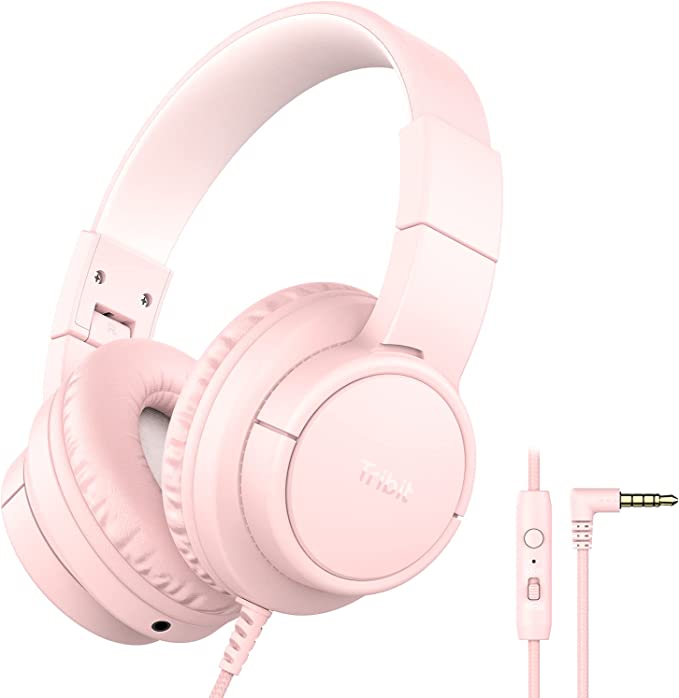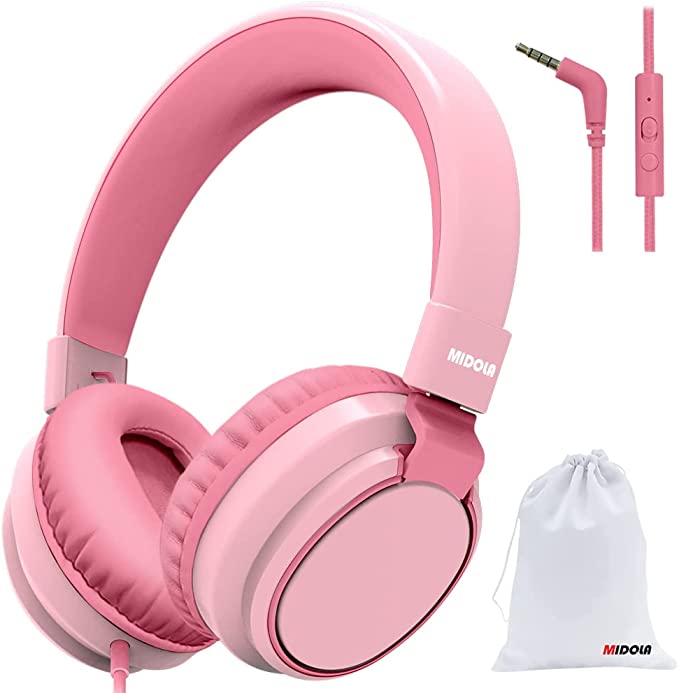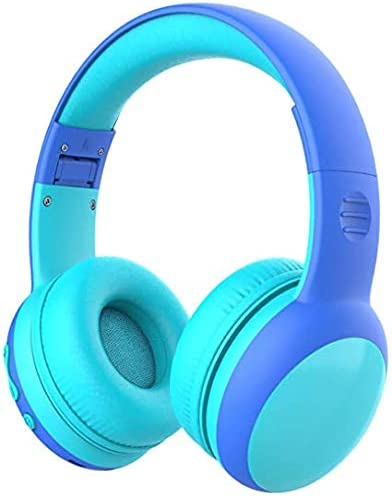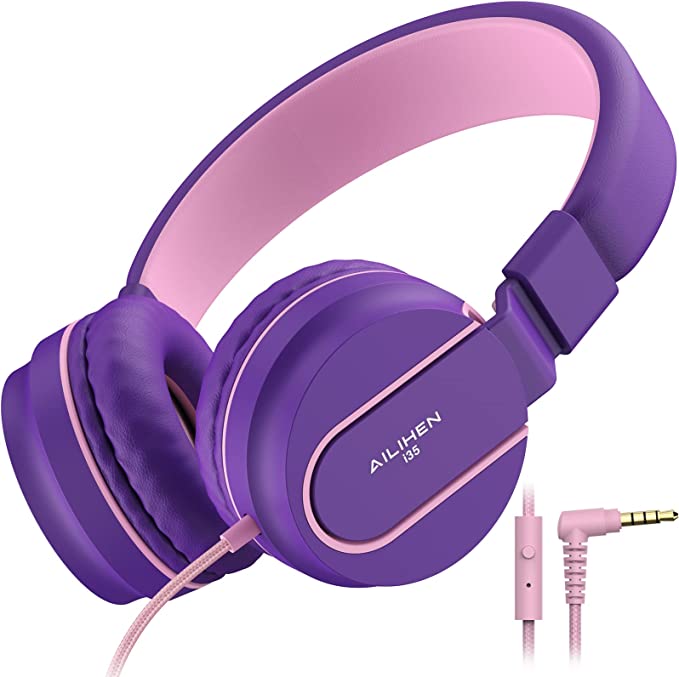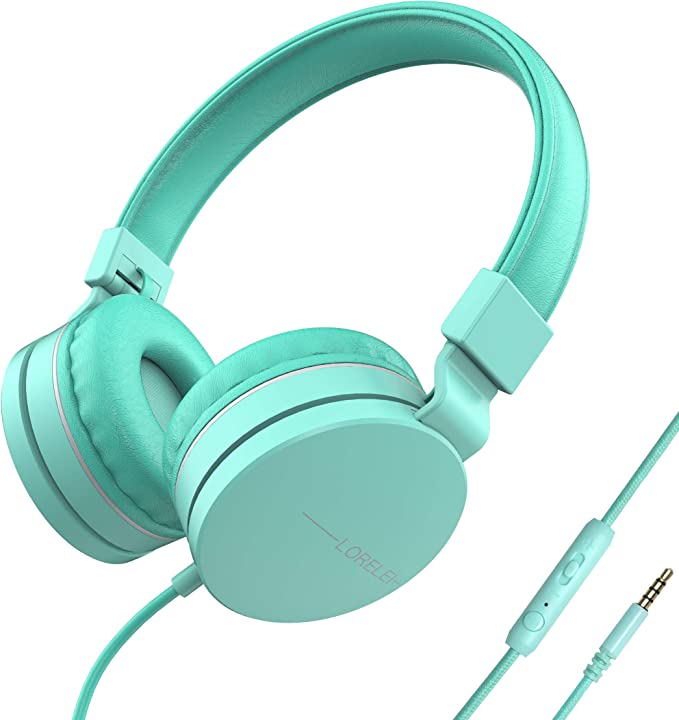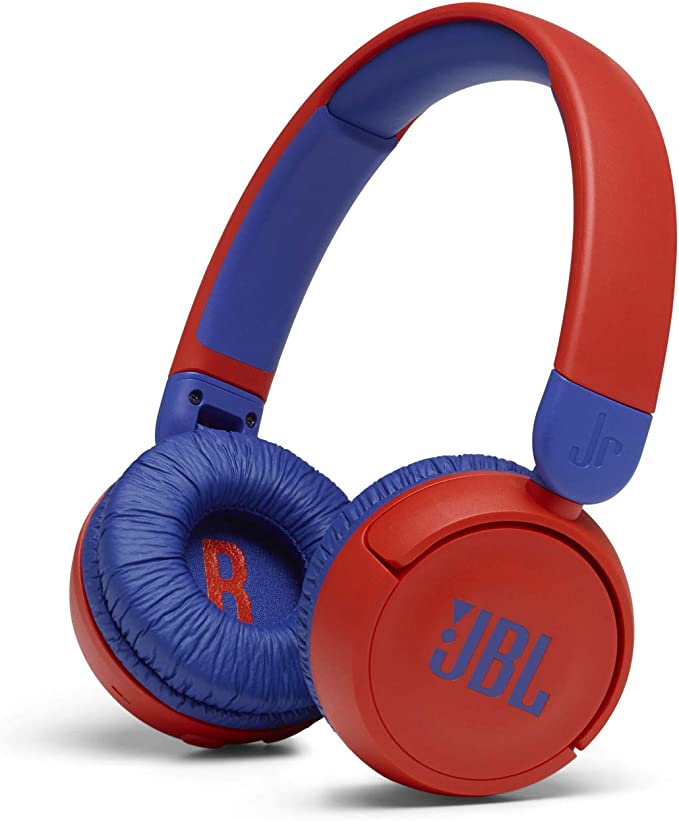Protecting Little Ears: A Guide to Safe Listening with Headphones
Update on Feb. 17, 2025, 2:32 p.m.
As a pediatric audiologist, I’ve seen firsthand the devastating impact of noise-induced hearing loss on children. I remember one little girl, just eight years old, who came to my clinic with significant hearing loss after years of listening to music at high volumes on her regular headphones. Her story, unfortunately, is becoming all too common. It’s a silent threat, often going unnoticed until it’s too late. That’s why I’m passionate about educating parents on how to protect their children’s precious hearing.

Sound: The Invisible Wave
Imagine dropping a pebble into a calm pond. You see ripples spreading out, right? Sound travels in a similar way, through invisible waves. These waves have different shapes. The frequency of a sound wave determines its pitch – how high or low it sounds. We measure frequency in Hertz (Hz). Young children can typically hear sounds ranging from about 20 Hz (very low, like a rumble) to 20,000 Hz (very high, like a whistle).
The amplitude of the sound wave determines its loudness. We measure loudness in decibels (dB). The higher the decibel level, the more intense the sound wave, and the greater the potential for damage to our ears. Think of it like the difference between a gentle ripple and a tsunami.
Inside the Ear: A Delicate Mechanism
Our ears are incredibly complex instruments. Sound waves travel through the ear canal and vibrate the eardrum. These vibrations are then passed on to three tiny bones in the middle ear, which amplify the sound and transmit it to the inner ear, or cochlea.
The cochlea is a snail-shaped, fluid-filled structure lined with thousands of tiny hair cells. These hair cells are the true heroes of hearing. They convert the vibrations into electrical signals that our brain interprets as sound. But these hair cells are also incredibly delicate. Exposure to loud sounds can damage or even destroy them. And unlike some other cells in our body, once these hair cells are gone, they don’t grow back.
The 85dB Rule: Why It Matters
This is where the 85dB recommendation comes in. Leading health organizations like the Centers for Disease Control and Prevention (CDC) and the World Health Organization (WHO) advise that prolonged exposure to sounds above 85dB can lead to noise-induced hearing loss.
It’s important to understand that it’s not just one loud event that causes damage. It’s the cumulative effect of noise exposure over time. Think of it like sun exposure. A little bit of sun is fine, but repeated sunburns can lead to skin damage. Similarly, repeated exposure to sounds above 85dB, even for relatively short periods, can gradually damage the hair cells in the inner ear.
Headphones: A Double-Edged Sword
Headphones can be wonderful tools for children. They allow them to focus on online learning, enjoy music and audiobooks without disturbing others, and stay entertained during travel. But they also pose a potential risk to their hearing, especially if used at high volumes for extended periods. Regular headphones, unlike specialized ones, do not have a maximum sound pressure level.
Introducing Volume-Limiting Headphones
This is where volume-limiting headphones come in. These headphones are specifically designed to restrict the sound output to a safe level, typically 85dB. They act as a safeguard, preventing children from accidentally or intentionally turning the volume up too high.
The Riwbox CF9: A Closer Look
The Riwbox CF9 Cat Ear Kids Bluetooth Headphones are an example of headphones designed with hearing safety in mind. Let’s take a closer look at some of their key features:
Volume Limiting: Your Child’s Hearing Guardian
The core feature of the Riwbox CF9 is its built-in volume limiter, which keeps the sound output at or below 85dB. This means that even if your child tries to crank up the volume on their connected device, the headphones will prevent the sound from reaching potentially harmful levels. This provides crucial protection for their developing ears.
Bluetooth 5.3: Beyond Just Wireless
The CF9 utilizes Bluetooth 5.3, the latest version of this wireless technology. This isn’t just about convenience; it offers several tangible benefits:
- Enhanced Stability: Bluetooth 5.3 provides a more robust and reliable connection, reducing the likelihood of dropouts or interruptions, which can be frustrating for kids (and parents!).
- Improved Power Efficiency: This newer version of Bluetooth consumes less power, which translates to longer battery life for the headphones. This is especially important for long trips or extended use.
- Reduced Latency: Latency refers to the delay between when an audio signal is sent and when it’s heard. Bluetooth 5.3 significantly reduces latency, which is particularly noticeable when watching videos or playing games, ensuring that the audio stays synchronized with the visuals.
Comfort and Design: Made for Growing Ears
The CF9 headphones are designed with comfort in mind. The earcups are made of a soft, breathable material described as “high-protein” leather. This helps to minimize pressure on the ears and reduce discomfort during extended wear. The headphones are also foldable, making them easy to store and transport.
Versatility: Options for Every Situation
The Riwbox CF9 offers multiple connectivity options. They can be used wirelessly via Bluetooth, connected to a device with the included 3.5mm audio cable, or even play music directly from a TF card. This flexibility makes them suitable for a variety of situations and devices.
Beyond Headphones: Other Safe Listening Practices
While volume-limiting headphones are a valuable tool, it’s important to remember that they’re just one part of a comprehensive approach to hearing protection. Here are some other tips:
- Limit Exposure: Encourage your child to take breaks from listening, even with volume-limiting headphones.
- Monitor Volume Levels: Even with safe headphones, it’s a good idea to occasionally check the volume level on the connected device to ensure it’s not excessively high.
- Be Aware of Environmental Noise: Teach your child to be mindful of loud sounds in their environment (e.g., concerts, sporting events) and to take steps to protect their hearing (e.g., wearing earplugs).
- Regular Hearing Checks: Consider having your child’s hearing checked regularly by an audiologist, especially if they have a family history of hearing loss or are exposed to loud noises frequently.
Conclusion: Empowering Parents
Protecting your child’s hearing is an investment in their future. By understanding the science of sound and taking proactive steps to promote safe listening habits, you can help ensure that they enjoy a lifetime of healthy hearing. Volume-limiting headphones, like the Riwbox CF9, can be a valuable part of that strategy, providing peace of mind for parents and a safe and enjoyable listening experience for kids.

